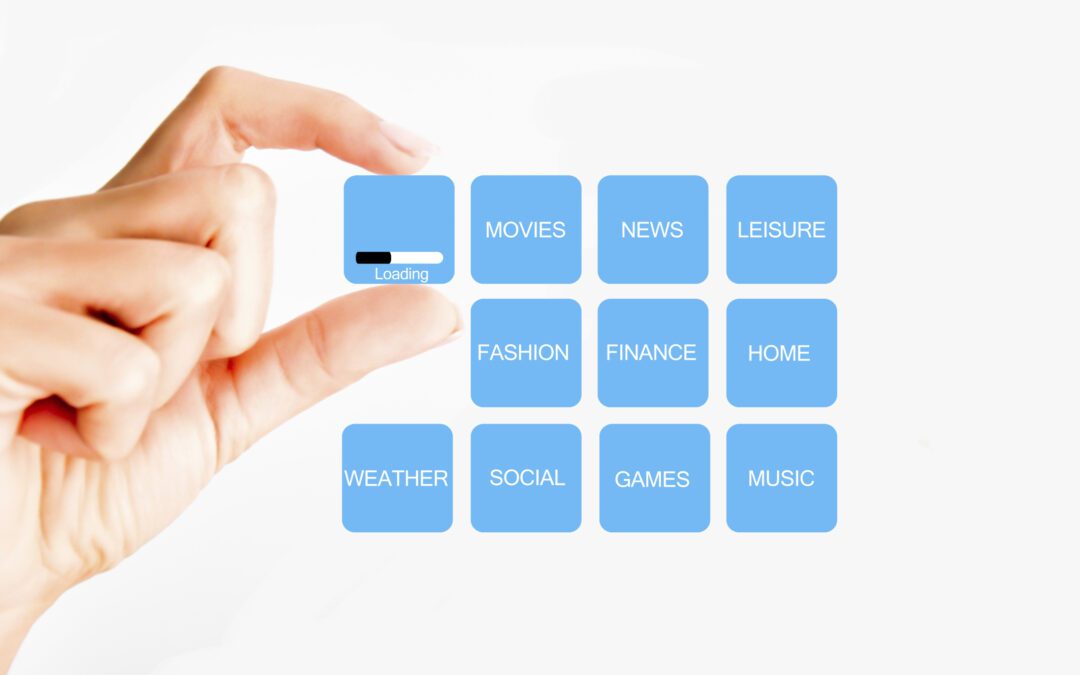Much ado about wearables these days. Announcements touting ‘the next big’ [piece of technology you’ll supposedly want to strap to your body] are a dime a dozen, as are articles about ‘the race for the wrist’—or the feet, neck, eyes, head, waist, clothing, and beyond.
But the greatest potential of wearables isn’t about the devices themselves; it’s about the platforms that transcend these devices. It’s less about the hardware as much as it’s about ensuring the interoperability of content, services, use cases, communications across such wearables
Understand vertical vs. horizontal plays in the wearable space
The wearable market as it exists today has been one predicated on vertical success. That is, utility tied to a very specific need or use case, often associated with a distinct industry. Fitness and healthcare account for the plurality of wearable development today. For example, the Fitbit tracks fitness and sleep metrics. Wearables used in healthcare track glucose levels, insulin, or other biometrics associated with medical services.
But to achieve the widespread adoption to which most brands aspire, horizontality trumps verticality. A good example of a ‘horizontal’ technology is the smartphone— where we use apps for infinite use cases, from checking email to taking photos to Skyping with Grandma to remotely turning up the Crockpot. If wearables wish to compete with (replace?) the profound utility of the smartphone, a platform is what allows for this horizontality.
One device, many use cases. One use case, any device
It is for this reason that platforms represent the viability of wearables, whether they take a vertical approach or a horizontal one.
Consider a vertical approach a la Fitbit, where one use case (fitness tracking) can be accessed and integrated with any device or application through web or APIs. Fitbit users enjoy insights and services greater than fitness tracking by integrating this data into food tracking, employee wellness programs, IFFFT, Walgreens, the list goes on. One use case, any device or application.
Then consider the horizontal approach, as Apple is attempting to do with the Apple Watch. The watch is effectively a tiny smartphone on your wrist (and still requires a smartphone for full functionality). Apple aims to offer consumers (and developers) an ecosystem of apps which leverage the hardware’s sensors and features for everything from sending text messages, to tracking your heart rate, to receiving calendar notifications to ordering an Uber. One device, many use cases.
The importance of the platform applies to both consumer and enterprise
Whether wearables are provided by enterprise IT departments or an extension of ‘Bring Your Own Device’ (BYOD), the importance of the platform and integrate-ability persists.
Salesforce has just launched an ecosystem of apps on Salesforce Wear, via the Salesforce1 platform. What this means is that Salesforce has partnered with numerous (they’re starting with 20) B2B companies to enable organizations to equip their employees with smart watch applications that facilitate efficiency and productivity. One such app ‘FieldExpert’ was developed by Click Software which helps employees “Uber-ify” the experience of field service. The technician can send real-time status updates to both the consumer and their extended support team, communicating arrival time, location, materials needed, customer information, upsell opportunities, etc.
Other apps on the platform illustrate a variety of use cases enabling ‘hands-free’ efficiency and productivity along various points in the customer journey:
- Review customer details
- Update workflow status
- Place orders for parts, service
- Renew contracts
- Set next commitments, appointments
- Deploy security measures
Simultaneously, Salesforce understands utility in wearables must transcend the Apple Watch, and is also working on development across other smart watches, connected eyewear, energy trackers, augmented and virtual reality platforms.
Use the missed opportunities of today to design for tomorrow
Many brands are asking the question ‘what should we do with wearables?’ But this isn’t the right question to ask. If service your brand provides is central to the user, it doesn’t matter where the device is worn. It doesn’t matter if it’s a wearable, smartphone, tablet, or connected object.
The point of wearables is not to check them off of a list of new technology or application developments, but to identify the areas where a mobile/on-person service would improve the current brand experience. This could be in the form of a more streamlined payment app integrated into a fitness app; say I’m on a run and I want to buy a bottle of water. It could be a hands-free way to send and receive information if I’m a field technician repairing a rooftop leak. The applications for connectivity to add value to our lives are endless, and so too should be the platforms and integrations.



